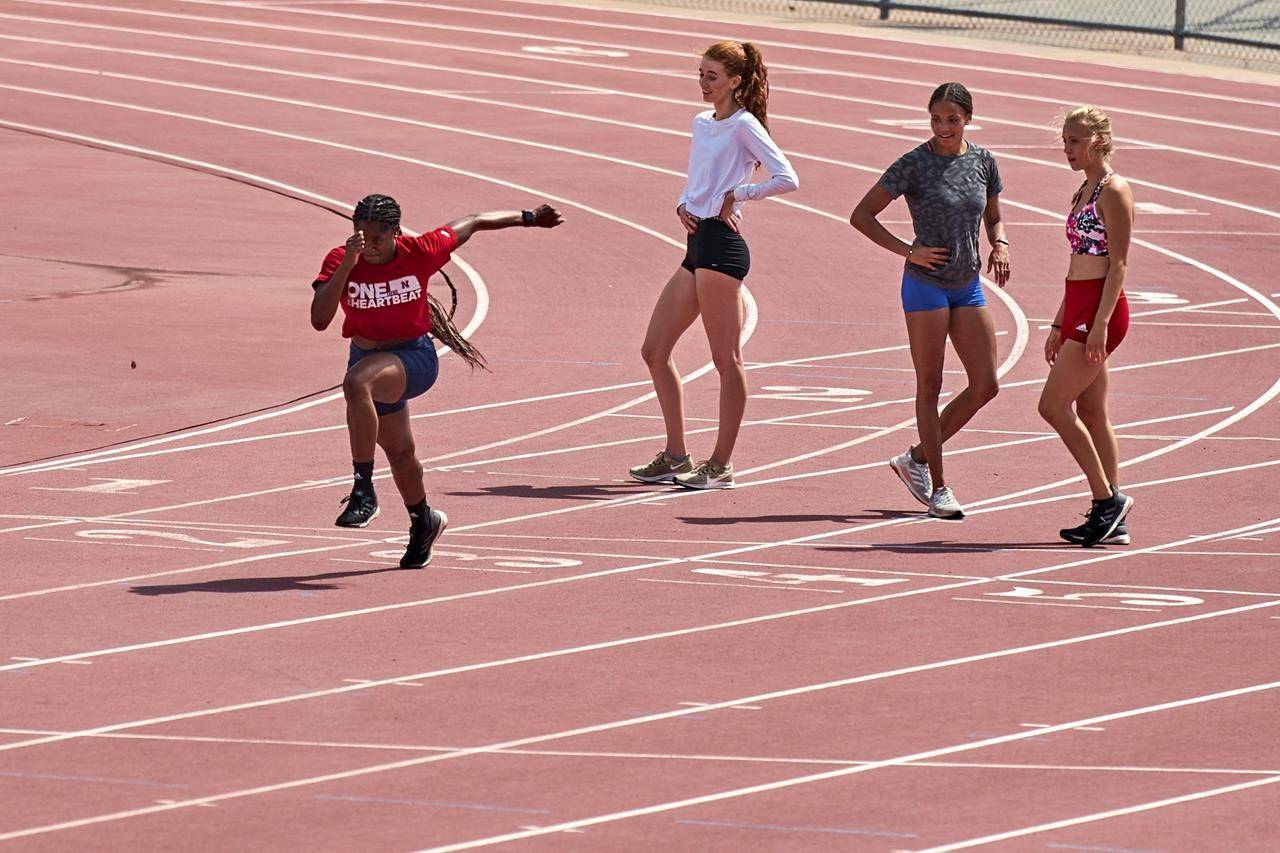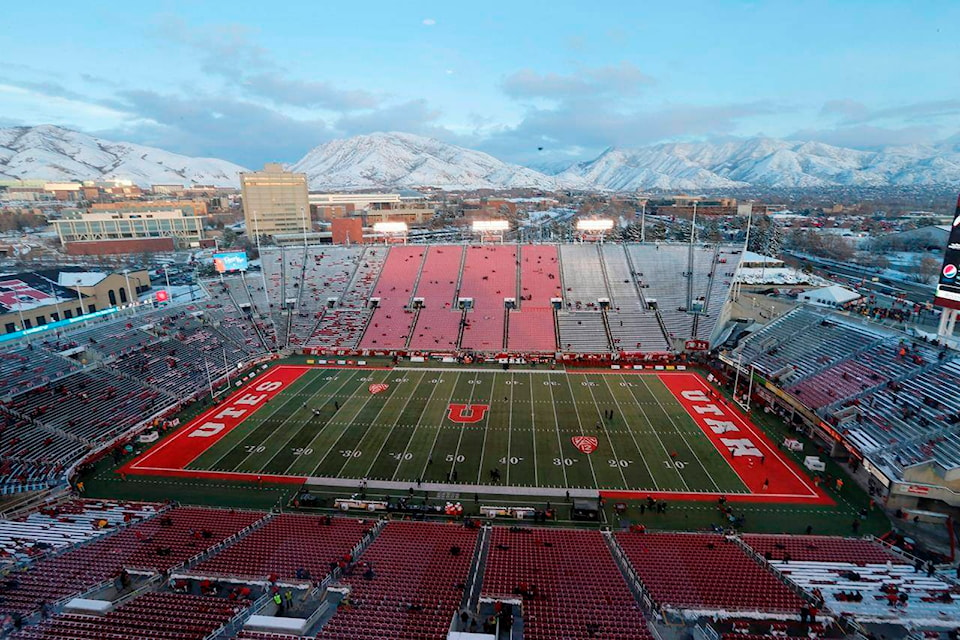The NCAA called off fall championship events — a move Thursday that does not affect major college football — because not enough schools will be competing in sports such as men’s and women’s soccer and women’s volleyball during the first semester.
NCAA President Mark Emmert made the announcement in a video posted on Twitter, but it has been clear this was coming as more and more conference cancelled fall sports seasons because of the coronvirus pandemic.
“Sadly, tragically that’s going to be the case this fall. Full stop,” Emmert said. “That doesn’t mean we shouldn’t and can’t turn toward winter and spring and say, ‘How can we create a legitimate championship for those students?’ There are ways to do this. I am completely confident we can figure this out. If schools and conferences want to move forward … let’s do it.”
Emmert said the NCAA would prioritize staging championships in winter and spring sports because those — including the NCAA basketball tournaments— were cancelled when COVID-19 first spiked across the United States in March.
Moving fall sports to the spring still must go through the Division I Council, which is comprised of representatives of all 32 conferences, and be approved by the DI Board of Directors.
“If we modify the model, which we need to do anyway because of the virus, shrink the bracket sizes, do everything in predetermined sites instead of running kids around the country. Use predetermined sites, move toward a bubble or semi-bubble models,” Emmert said. “Will it be normal, of course not. Will it create other conflicts and challenges, of course. But is it doable? Yeah.”
Last week the NCAA Board of Governors said championship events in a sport would cancelled if fewer than 50% of the teams competing in that sports played a regular season.
Divisions II and III almost immediately followed by cancelling their fall championships. Division I — which is comprised of 357 schools — held on, but as conference after conference cancelled their fall seasons the tipping point came.
Falls sports also include field hockey, cross country and water polo. Schools in conferences that have not yet cancelled their fall seasons could conceivably try to stage regular-season competition over the next few months.
The highest tier of Division I football, the Bowl Subdivision, is not impacted. The College Football Playoff is run by the conferences and six of those leagues are still moving toward having a season, including the Southeastern Conference, Atlantic Coast Conference and Big 12.
Earlier in the day, the NCAA’s chief medical officer and two of its infectious disease expert advisers warned the uncontrolled spread of COVID-19 throughout the United States remains an enormous obstacle for college sports to overcome.
“I feel like the Titanic. We have hit the iceberg, and we’re trying to make decisions of what time should we have the band play,” said Dr. Carlos Del Rio, executive associate dean at Emory University.
Del Rio, a member of the NCAA’s COVID-19 advisory panel, appeared with NCAA chief medical officer Dr. Brian Hainline on a webinar hosted by the Infectious Diseases Society of America.
“We need to focus on what’s important,” Del Rio said. “What’s important right now is we need to control this virus. Not having fall sports this year, in controlling this virus, would be to me the No. 1 priority.”
The United States has had more than 5 million COVID-19 cases.
Earlier this week, the Big Ten and Pac-12 became the first Power Five conferences to decide not to play football, or any sports, this fall. Emmert called a devastating blow to college sports.
College sports administrators and coaches have been making the case schools are providing structured environments with frequent testing and strict protocols that make athletes safer than the general population.
“We had some positive tests when our student-athletes first came back,” Alabama athletic director Greg Byrne said. “We had a dramatic decrease since they’ve gotten under our umbrella and that’s good. Basically we have our student-athlete under our umbrella. On a college campus where students are going to class, it’s hard to create a bubble.”
Hainline said about 1%-2% of college athletes who have been tested by schools have been positive for COVID-19.
Del Rio said conferences are coming to different decisions not because they have different information, but because they are assessing risk differently.
“Some conferences will say, we’ll go forward. It’s a very narrow path, hopefully they’ll be no infections and if there are infections we’ll be able to detect them, and we we’ll be able to stop them and we won’t have an outbreak,” Del Rio said. “But other conferences say, no. Our tolerance is for zero risk and therefore we will not have it. It’s exactly the same data just being looked at in different ways.”
___
Follow Ralph D. Russo at https://twitter.com/ralphDrussoAP and listen at http://www.westwoodonepodcasts.com/pods/ap-top-25-college-football-podcast/
___
More AP college football: https://apnews.com/Collegefootball and https://twitter.com/AP_Top25
Ralph D. Russo, The Associated Press

